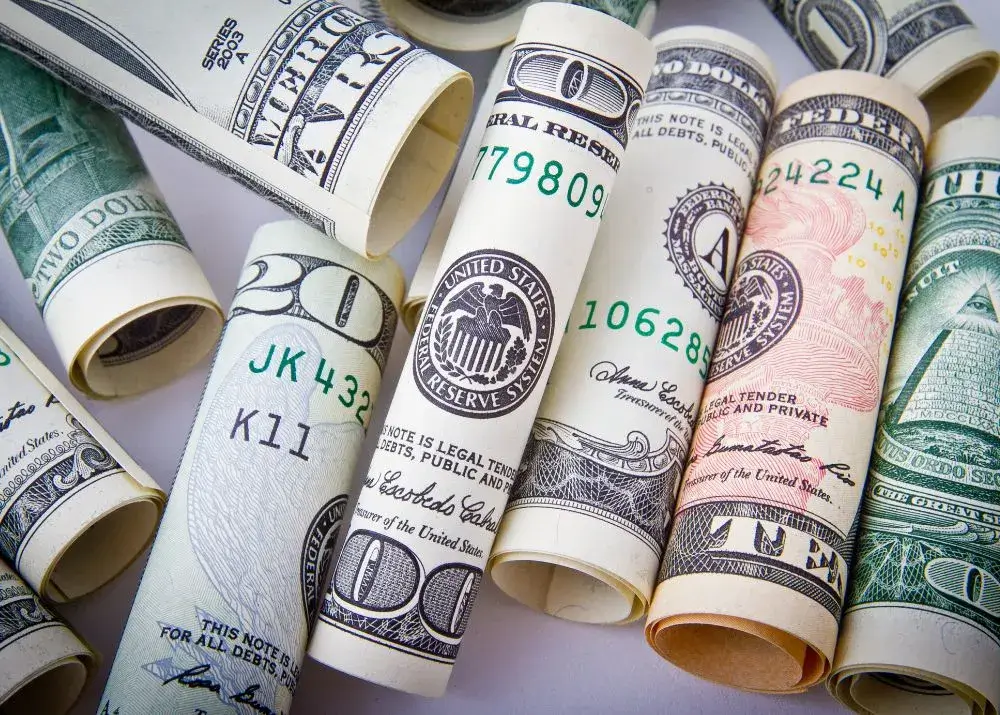The US dollar remains robust, reaching 10-month highs against major currencies. This resilience is primarily due to surging US bond yields, which have reached levels not seen in 16 years. A combination of factors, including strong economic data, hawkish Federal Reserve statements, and a budget deficit financed through borrowing, has propelled the 10-year Treasury yield to over 4.5% for the first time since 2007. The market currently prices in a nearly 40% chance of another Fed rate hike this year, in contrast to Europe, where the likelihood of a rate increase is slimmer. This divergence in central bank policies has bolstered the US dollar, contrary to earlier expectations of a decline as the Fed signaled the end of rate hikes.
Key currency movements include the euro’s 0.5% drop, leaving it near a six-month low at $1.0584, set to incur a 3% quarterly loss, the worst in a year. Sterling also faces a 3.8% quarterly loss, dropping to a six-month low of $1.2195. The US dollar index reached its highest point since November, standing at 106.03 on Tuesday, with analysts eyeing levels around 107.20.
Central banks globally appear to be approaching the end of their tightening cycles. Notably, the Swiss franc hit its lowest point since June, while the yen is inching closer to the 150-per-dollar threshold, prompting concerns of intervention by the finance ministry. Rising commodity prices have lent support to antipodean currencies, with the Aussie at $0.6417 and the kiwi at $0.5962.
China’s yuan remained stable at 7.3099, largely due to its trading band midpoint being set stronger than expected. Despite potential weaknesses in US consumer confidence and home sales data, the dollar is expected to maintain support due to haven demand amid concerns over global economic growth. The dollar is unlikely to weaken significantly until the possibility of Fed rate cuts becomes more imminent.











